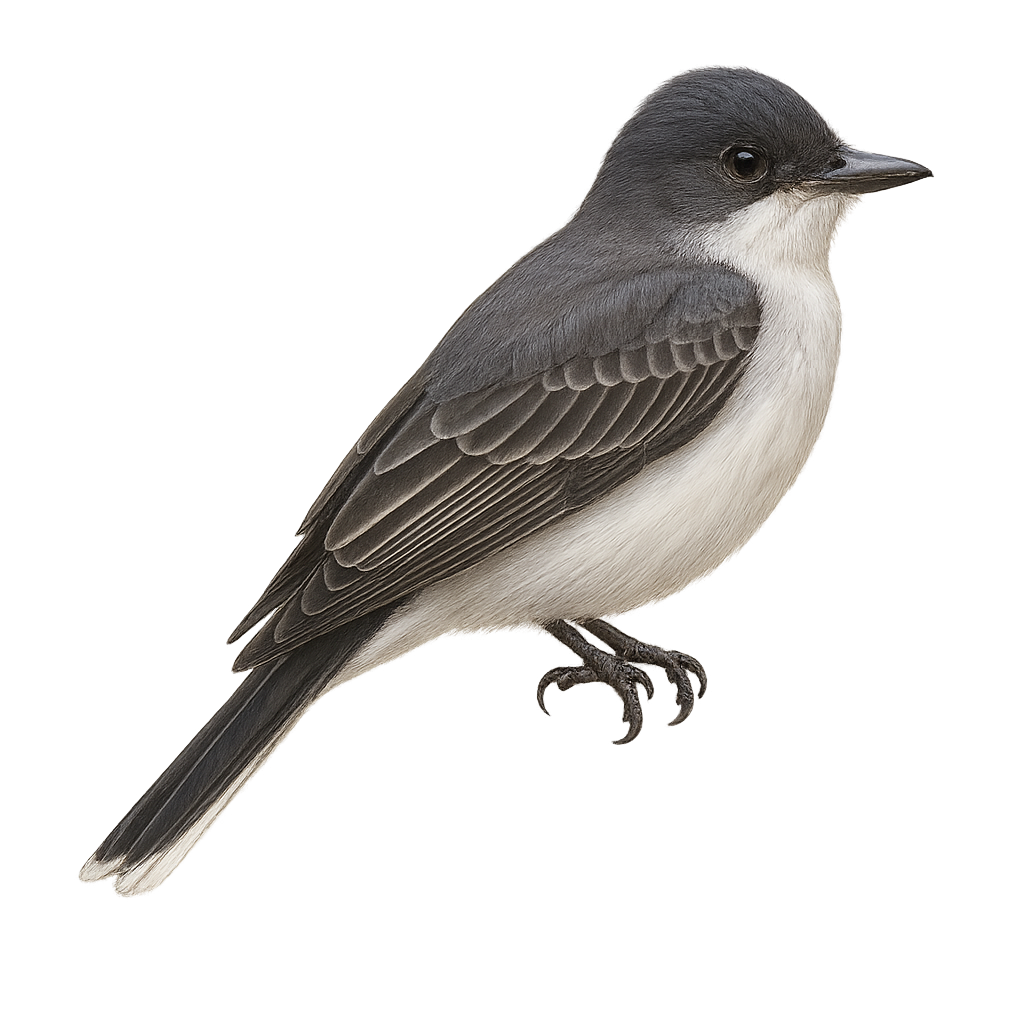Your wildlife photography guide.
Explore the eastern kingbird in detail, study its behavior, prepare your shots.
Where to observe and photograph the eastern kingbird in the wild
Learn where and when to spot the eastern kingbird in the wild, how to identify the species based on distinctive features, and what natural environments it inhabits. The WildlifePhotographer app offers tailored photography tips that reflect the eastern kingbird’s behavior, helping you capture better wildlife images. Explore the full species profile for key information including description, habitat, active periods, and approach techniques.
Eastern Kingbird
Scientific name: Tyrannus tyrannus

IUCN Status: Least Concern
Family: TYRANNIDAE
Group: Birds
Sensitivity to human approach: Suspicious
Minimum approach distance: 10 m
Courtship display: May to July
Incubation: 14-17 jours
Hatchings: June to August
Habitat:
open forests, grasslands, agricultural areas
Activity period :
Primarily active during the day, with peak activity in the morning and late afternoon.
Identification and description:
The Eastern Kingbird is a striking and energetic bird, easily recognized by its distinctive black and white plumage. Its head and back are black, contrasting with its bright white belly. This passerine is often seen perched on wires or branches, from where it launches to catch insects in mid-air. A migratory bird, it spends its summers in North America and migrates to South America for the winter. Its song is a mix of whistles and chirps. Territorial, it does not hesitate to chase away intruders, even those much larger than itself. The Eastern Kingbird is a symbol of determination and agility in the avian world.
Recommended lens:
400 mm – adjust based on distance, desired framing (portrait or habitat), and approach conditions.
Photography tips:
To photograph the Eastern Kingbird, it is advisable to use a 400mm lens or longer to capture fine details without disturbing the bird. Look for open areas where these birds often hunt insects in flight. Be patient and wait for them to perch on natural perches like branches or wires. Morning or afternoon light is ideal to highlight their contrasting plumage.
The WildlifePhotographer App is coming soon!
Be the first to explore the best nature spots, track rutting seasons, log your observations, and observe more wildlife.
Already 1 431 wildlife lovers subscribed worldwide

